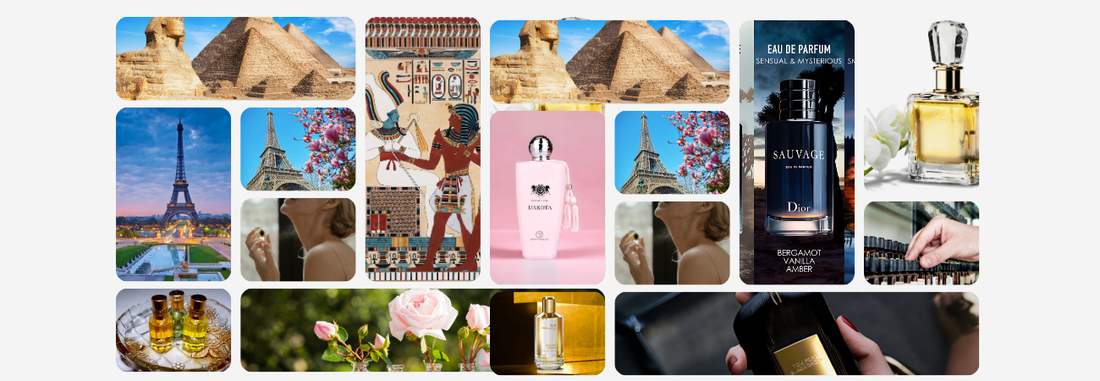
The Fascinating History of Perfumes: An Aromatic Journey Through Time
Share
Introduction
Perfumes, those magical blends of essences and oils, have been part of human history since time immemorial. Used to beautify, seduce, ritualize, and even heal, perfumes have left an indelible mark on human history. Join us on this aromatic journey through time to discover how these fragrances have evolved from antiquity to the present day.
The Origins: Fragrances of Antiquity
Egypt: The Birth of the Art of Perfumery
The ancient Egyptians were pioneers in the art of perfumery. Over 5,000 years ago, they used aromatic oils and ointments in religious rituals and to embalm their dead. The most famous perfume of this era was kyphi, a blend of honey, wine, resin, and other aromatic substances used both as incense and in liquid form.
Mesopotamia and Ancient Greece
In Mesopotamia, perfumes also played an important role. The Sumerians were the first to distill essential oils from plants and flowers. The practice spread to Ancient Greece, where it became an essential part of daily life. The Greeks not only used perfumes for personal hygiene but also in religious ceremonies and medical treatments.
Rome: The Expansion of Perfume Use
The Romans took perfume use to new heights. They imported exotic ingredients from all parts of the Empire and used them in baths, clothing, and even their pets. The Romans were known for their luxurious public baths, where the use of perfumed oils and ointments was an integral part of the bathing ritual.
The Middle Ages: Decadence and Renaissance
Arab Influence
During the Middle Ages, knowledge of perfumery in Europe declined, but it flourished in the Arab world. Arab alchemists perfected the distillation of essential oils and created new techniques to extract fragrances from plants. Avicenna, a Persian physician, was one of the first to distill flower essences, particularly the rose, revolutionizing perfumery.
The European Renaissance
With the Crusades and trade with the Arab world, perfumery knowledge and techniques returned to Europe. During the Renaissance, Italian cities like Venice and Florence became important centers of perfume production. Catherine de' Medici, upon marrying King Henry II of France, brought her personal perfumer, popularizing perfumes at the French court.
17th and 18th Centuries: Perfume at Court
France: The Cradle of Modern Perfumery
In the 17th century, the use of perfumes spread throughout European nobility. France, in particular, became the epicenter of perfumery. Grasse, a town in the south of France, established itself as the world capital of perfume production thanks to its ideal climate for cultivating aromatic flowers such as lavender, jasmine, and rose.
The Baroque Era
During the Baroque period, perfume use reached its peak at the court of King Louis XIV, known as the "Sun King." Louis XIV demanded that his court always smelled of different fragrances and even had a "Flower Garden" at Versailles, where aromatic plants were cultivated for perfume production.
19th Century: The Industrial Revolution and Perfumery
Chemical Innovations
The Industrial Revolution brought advances in chemistry, allowing the creation of new synthetic fragrances. These innovations greatly expanded the perfumer’s palette and made perfumes more affordable for the masses.
Birth of Perfume Houses
In the 19th century, many of the most iconic perfume houses that still exist today were founded. Guerlain, established in 1828, is one of the oldest and most respected perfume houses in the world. During this time, perfume became an essential accessory for the elite and emerging classes.
20th and 21st Centuries: The Democratization of Perfume
The Golden Age of Perfumery
The 20th century saw the democratization of perfume. Chanel No. 5, launched in 1921, became one of the most famous and best-selling perfumes of all time. Advertising and cinema played a crucial role in popularizing certain fragrances and making perfume a symbol of luxury and glamour.
Contemporary Perfumery
In the 21st century, the perfume industry continues to evolve. There is greater awareness of the sustainability and environmental impact of perfume production. Niche perfume houses have gained popularity, offering unique and personalized fragrances. Additionally, technology has enabled the creation of increasingly sophisticated and complex perfumes.
Conclusion
From ancient Egyptian rituals to modern luxury fragrances, the history of perfume is rich and fascinating. Throughout the centuries, perfumes have been an expression of culture, luxury, and personality. As we continue to advance through time, it is exciting to imagine how the art of perfumery will continue to evolve, carrying with it the essences of our history and humanity.
